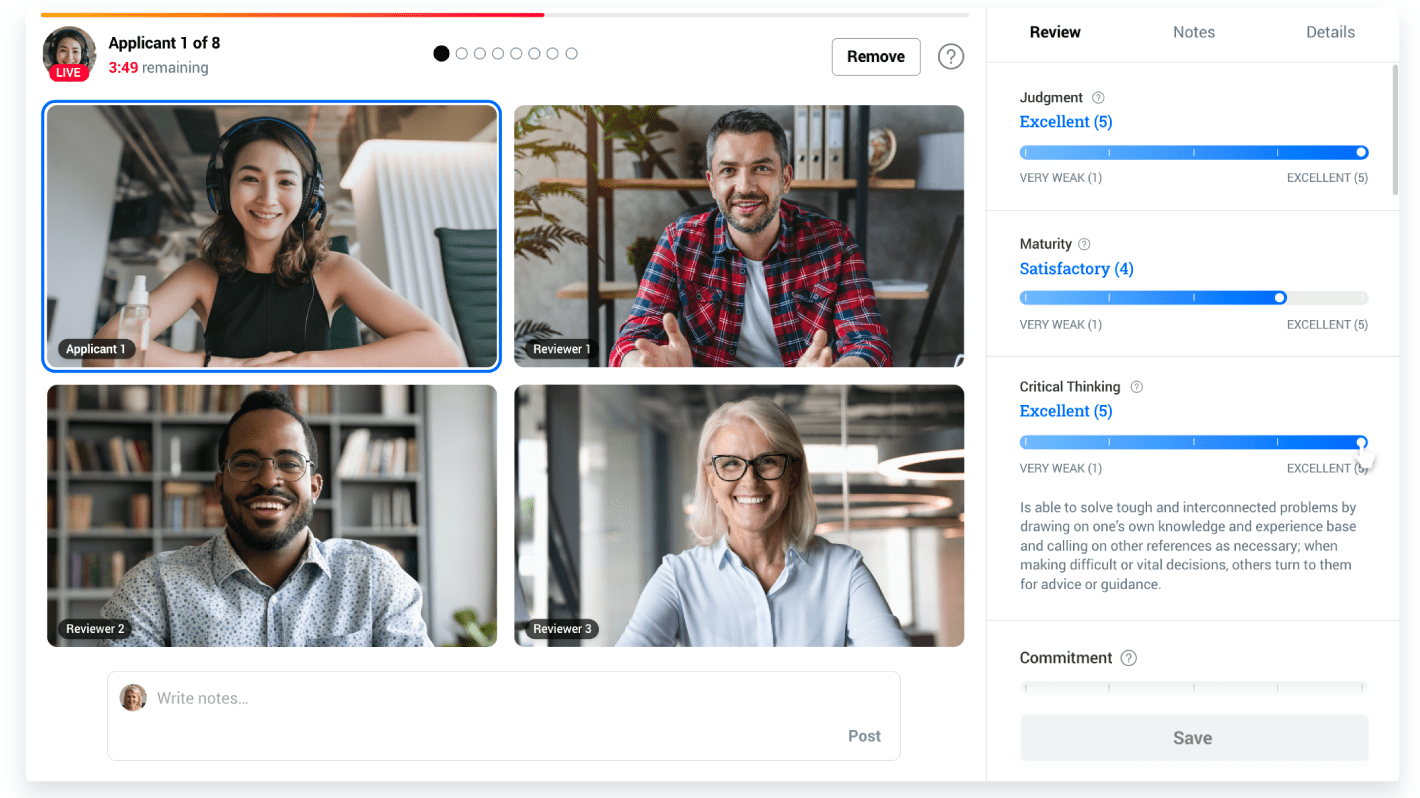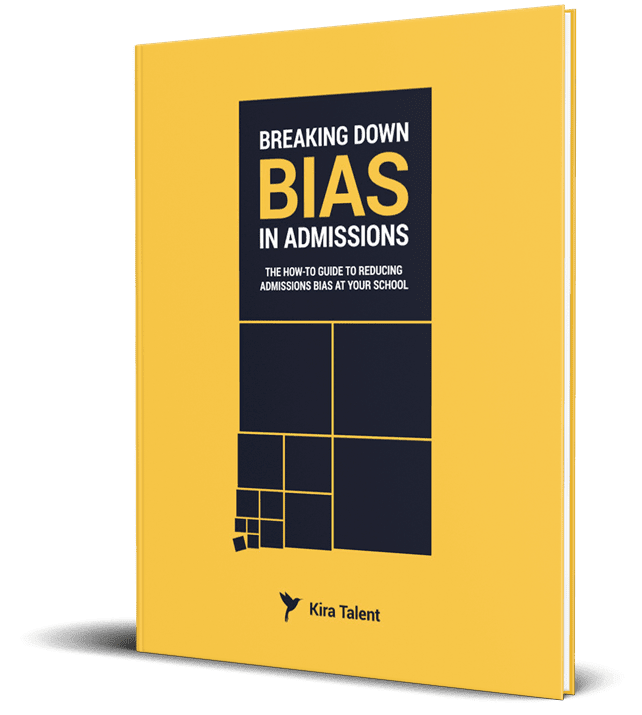New research from Stanford University’s Culture and Emotion Lab reveals how the differences in cultural backgrounds between reviewers and applicants can impact the evaluation of applicants in video assessments and interviews.
The paper, which combines five studies of 1,041 participants including European Americans, Asian Americans in the U.S., and Chinese living in Hong Kong, reveals several examples of how cultural differences influence both how hiring managers perceive applicants and how applicants intend to act in an interview.
Though the research is focused on hiring practices, the findings offer key insights to admissions teams who enroll applicants from around the world.
Read the paper published July 5 in Emotion.
In one experiment, applicants were asked to complete a video introduction and then were asked to articulate what emotion they were hoping to convey.
While the majority of European Americans (86%) and Asian Americans (72%) intended to convey excitement in their introduction, excitement was the intended emotion for less than half of Hong Kong Chinese (48%). Instead, the applicants from Hong Kong were aiming to appear calm.
In another experiment, where U.S. participants evaluated three potential applicants – one excited, one calm, and one neutral – nearly half (47%) favored the eager applicant, while the other half split their selection between the neutral and calm applicants.
Imagining this situation applied to an admissions committee, the excited applicant would have an edge over the calm or neutral applicant, not because the excited applicant was more or less qualified, but because of the cultural backgrounds of the interviewers.
While North American and European cultures may favor showing excitement and emotion in an interview or video assessment, these values do not always translate across cultures.
In the paper, Tsai and her colleagues note that employers “may judge applicants as unqualified rather than as valuing different affective states than themselves” which “may be particularly problematic in societies like the U.S. that aim to diversify their workforce.”
Likewise, for schools, these findings may have critical implications in how they consider applicant fit.
As you can imagine, with many schools hoping to increase their enrollment of international applications, this research may encourage them to reconsider what “fit” resembles in an interview or video assessment.
Schools who prioritize enthusiasm and outgoing characteristics in video essays or interviews could be putting applicants outside of their cultural background at a disadvantage.
“People think that their gut feelings say something about the other person’s character, but our data suggest that people’s gut feelings also say something about the culture that they themselves come from,” Dr. Tsai told Stanford News.



